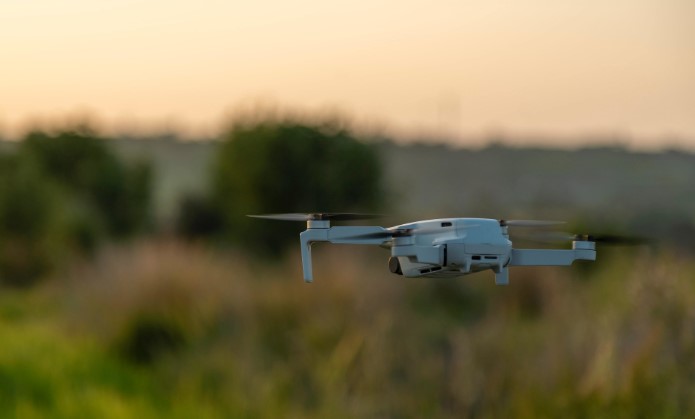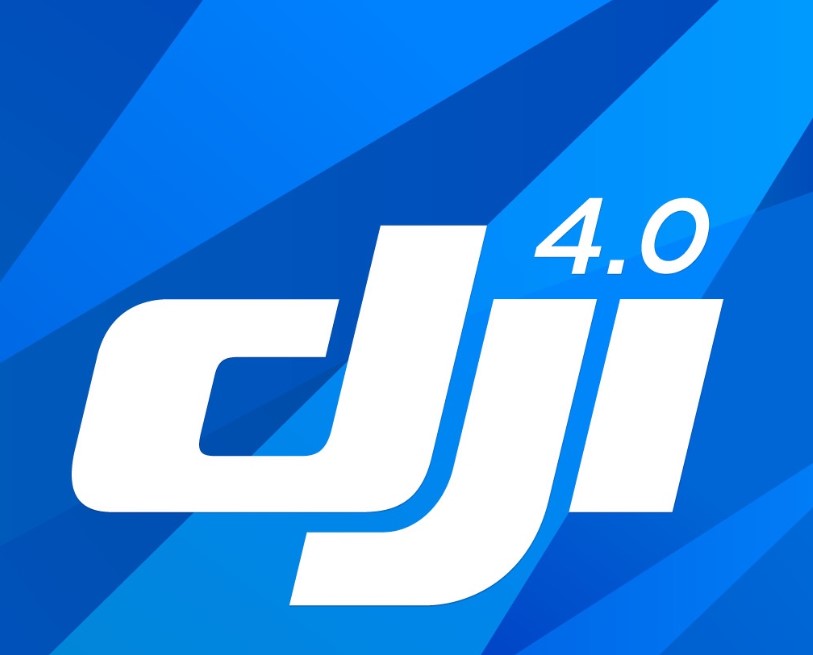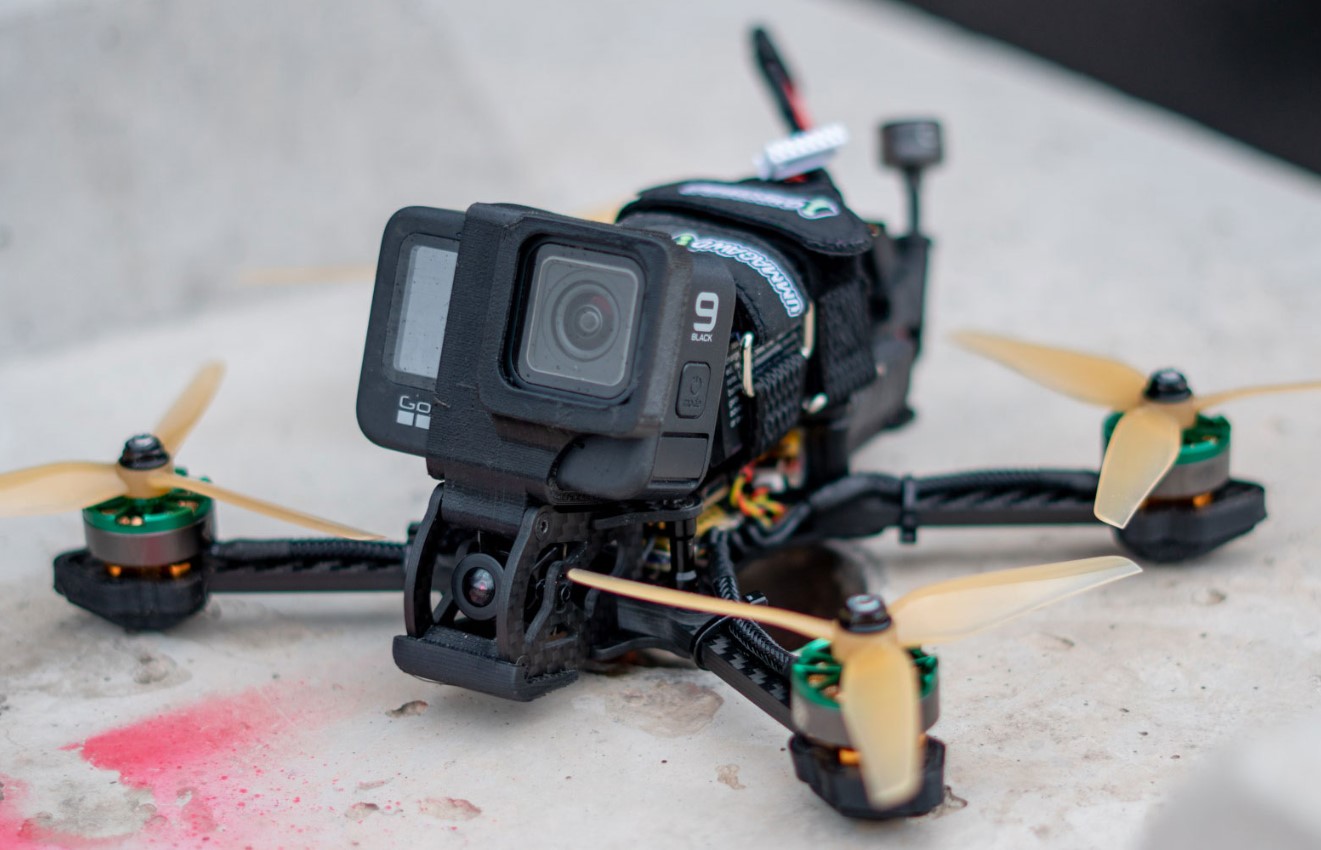DJI, or Da-Jiang Innovations, has established itself as a titan in the drone industry, renowned for its high-quality, feature-rich drones. However, the premium pricing of DJI drones often raises questions among potential buyers. This essay delves into the multifaceted reasons behind the cost of DJI drones, examining factors such as technological innovation, build quality, brand reputation, regulatory compliance, and market dynamics. Follow Dronevoz.com !!!
Cutting-Edge Technology and Innovation
A cornerstone of DJI’s success is its relentless pursuit of technological innovation. DJI drones are equipped with state-of-the-art features that set them apart from competitors. These include advanced cameras, sophisticated stabilization systems, and intelligent flight modes.
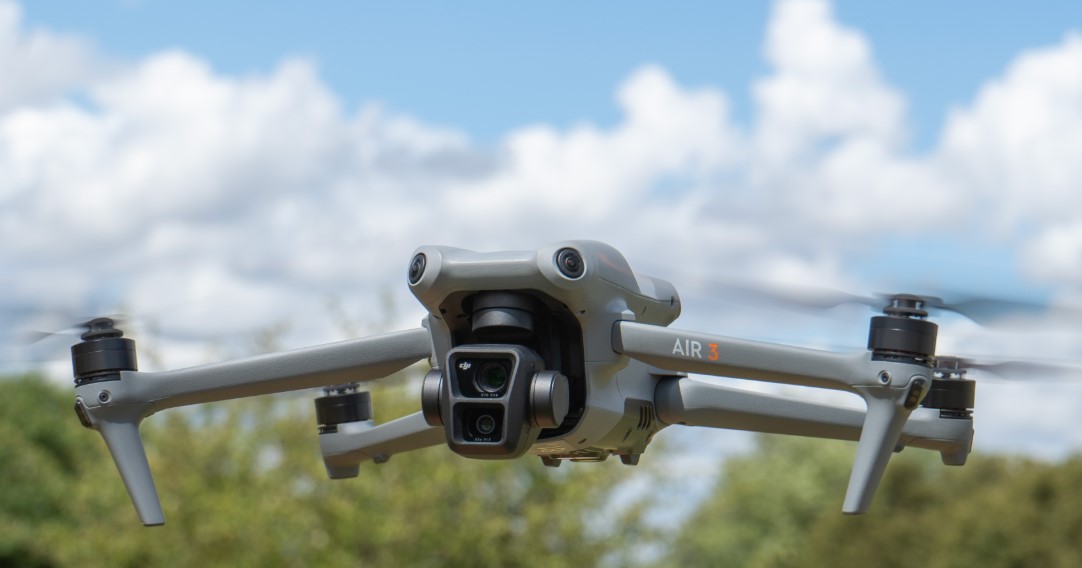
- Camera Excellence
DJI’s partnership with renowned camera manufacturers like Hasselblad has resulted in drones with exceptional imaging capabilities. Models such as the DJI Mavic 3 and DJI Inspire 2 feature high-resolution cameras that deliver stunning aerial photography and videography. These cameras are designed to withstand the rigors of drone flight, offering superior image quality even in challenging conditions.
- Stabilization Systems
DJI’s gimbal technology is another area where the company excels. The 3-axis gimbals found on DJI drones provide unparalleled stabilization, ensuring smooth footage even when the drone is in motion. This level of stabilization is crucial for professional applications, such as filmmaking and surveying, where shaky footage is unacceptable.
- Intelligent Flight Modes
DJI drones come equipped with a range of intelligent flight modes that enhance user experience and expand creative possibilities. Features like ActiveTrack, Waypoints, and QuickShots allow users to capture complex shots with ease. These modes are the result of extensive research and development, adding to the overall cost of the drones.
Premium Build Quality and Durability
DJI drones are built to last, with a focus on durability and reliability. The materials used in construction, such as carbon fiber and high-grade plastics, are chosen for their strength and lightweight properties. This ensures that DJI drones can withstand the demands of frequent use and varying environmental conditions.
- Weather Resistance
Many DJI models, including the Mavic 2 Pro and Phantom 4 Pro, are designed to be weather-resistant. This feature allows users to fly in a range of conditions, from light rain to dusty environments, without compromising the drone’s performance. Weather resistance requires specialized materials and manufacturing processes, which contribute to the higher cost.
- Rigorous Testing
Before reaching consumers, DJI drones undergo rigorous testing to ensure they meet stringent quality standards. This includes stress testing, environmental testing, and performance testing. The extensive testing process helps to identify and address potential issues, but it also adds to the overall cost of production.
>>> Read: Difference Between FPV Drone and Drone
Brand Reputation and Market Leadership
DJI’s position as a market leader in the drone industry has earned the company a reputation for excellence. This reputation is built on years of delivering high-quality products and exceptional customer service. As a result, DJI is able to command premium pricing for its drones.
- Trust and Reliability
Consumers and professionals alike trust DJI to deliver reliable, high-performance drones. This trust is a valuable asset that DJI has cultivated through consistent innovation and quality. For many buyers, the peace of mind that comes with purchasing a DJI drone is worth the premium price.
- Market Dominance
DJI’s market share in the consumer and professional drone segments is substantial. This dominance allows DJI to set prices that reflect its position as an industry leader. While there are competitors, few can match DJI’s combination of features, quality, and support, enabling the company to maintain higher price points.
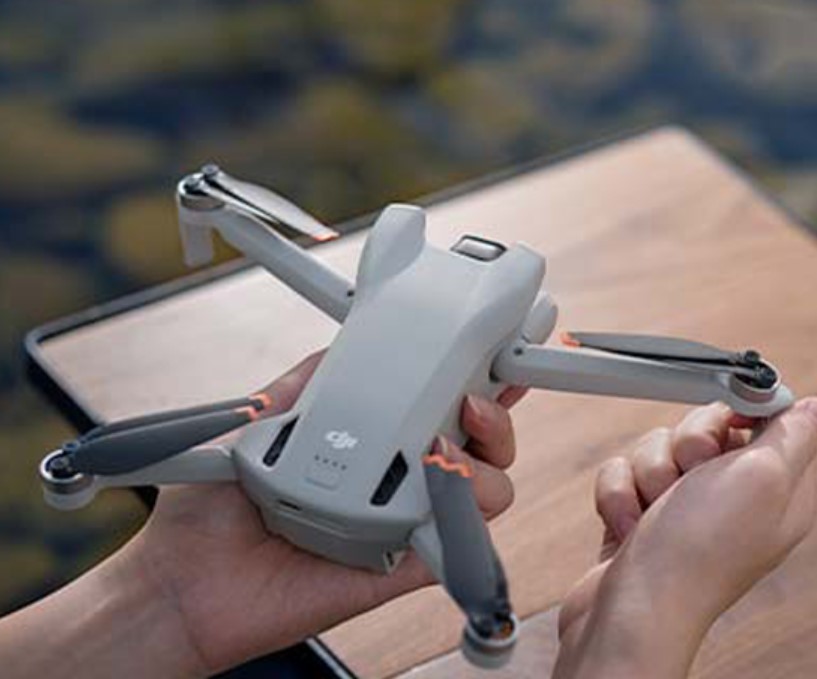
Regulatory Compliance and Safety Features
Operating in the drone industry requires compliance with a range of regulations aimed at ensuring safety and security. DJI invests heavily in meeting these regulatory requirements, which adds to the cost of its drones.
- Geofencing and AirSense
DJI’s geofencing technology helps prevent drones from flying in restricted airspace, such as near airports or military bases. AirSense technology, available on select models, provides real-time alerts about nearby manned aircraft, enhancing safety for both drone operators and aviators. These safety features are essential for responsible drone operation but require significant investment in research and development.
- Compliance with Global Regulations
DJI drones are sold in markets around the world, each with its own set of regulations. Ensuring compliance with these diverse regulations is a complex and costly process. DJI must invest in legal expertise, testing, and certification to ensure its drones meet the requirements of various jurisdictions.
Extensive Customer Support and Warranty
DJI’s commitment to customer satisfaction is reflected in its comprehensive support offerings. The company provides extensive resources, including tutorials, forums, and customer service, to help users get the most out of their drones.
- Warranty and Repair Services
DJI offers robust warranty programs and repair services, providing users with peace of mind in the event of a malfunction or accident. While these services are valuable, they also represent a cost that is passed on to consumers.
- Software Updates and Maintenance
DJI regularly releases software updates to improve drone performance, add new features, and address security vulnerabilities. This ongoing support requires a dedicated team of developers and engineers, adding to the overall cost structure.
>>> Read More: What Are the Best Drone Brands?
Supply Chain and Production Costs
The production of high-tech devices like DJI drones involves a complex global supply chain. The cost of sourcing premium components, such as cameras, motors, and batteries, is significant. Additionally, the specialized manufacturing processes required to produce drones contribute to the higher price.
- Component Sourcing
DJI sources components from leading manufacturers to ensure the highest quality. For example, the cameras used in DJI drones are often developed in collaboration with renowned brands like Hasselblad. These premium components come with a higher price tag, which is reflected in the cost of the final product.
- Specialized Manufacturing
Producing drones requires specialized manufacturing techniques, including precision engineering and assembly. DJI’s manufacturing facilities are equipped with advanced machinery and staffed by skilled workers, all of which contribute to the cost of production.
Conclusion
The premium pricing of DJI drones is the result of a combination of factors, including cutting-edge technology, premium build quality, brand reputation, regulatory compliance, and extensive customer support. While the cost may seem high, it reflects the value that DJI delivers in terms of performance, reliability, and innovation. For consumers and professionals who demand the best, DJI drones offer a compelling combination of features and quality that justify the investment. As DJI continues to push the boundaries of what is possible in drone technology, it is likely that the company will maintain its position as a leader in the industry, with pricing that reflects its commitment to excellence.
In essence, the expense of DJI drones is a testament to the company’s dedication to providing top-tier products that meet the needs of a diverse and demanding user base. Whether you are a hobbyist looking to capture stunning aerial footage or a professional relying on drones for critical applications, DJI’s offerings provide a level of quality and capability that is unmatched in the market.
